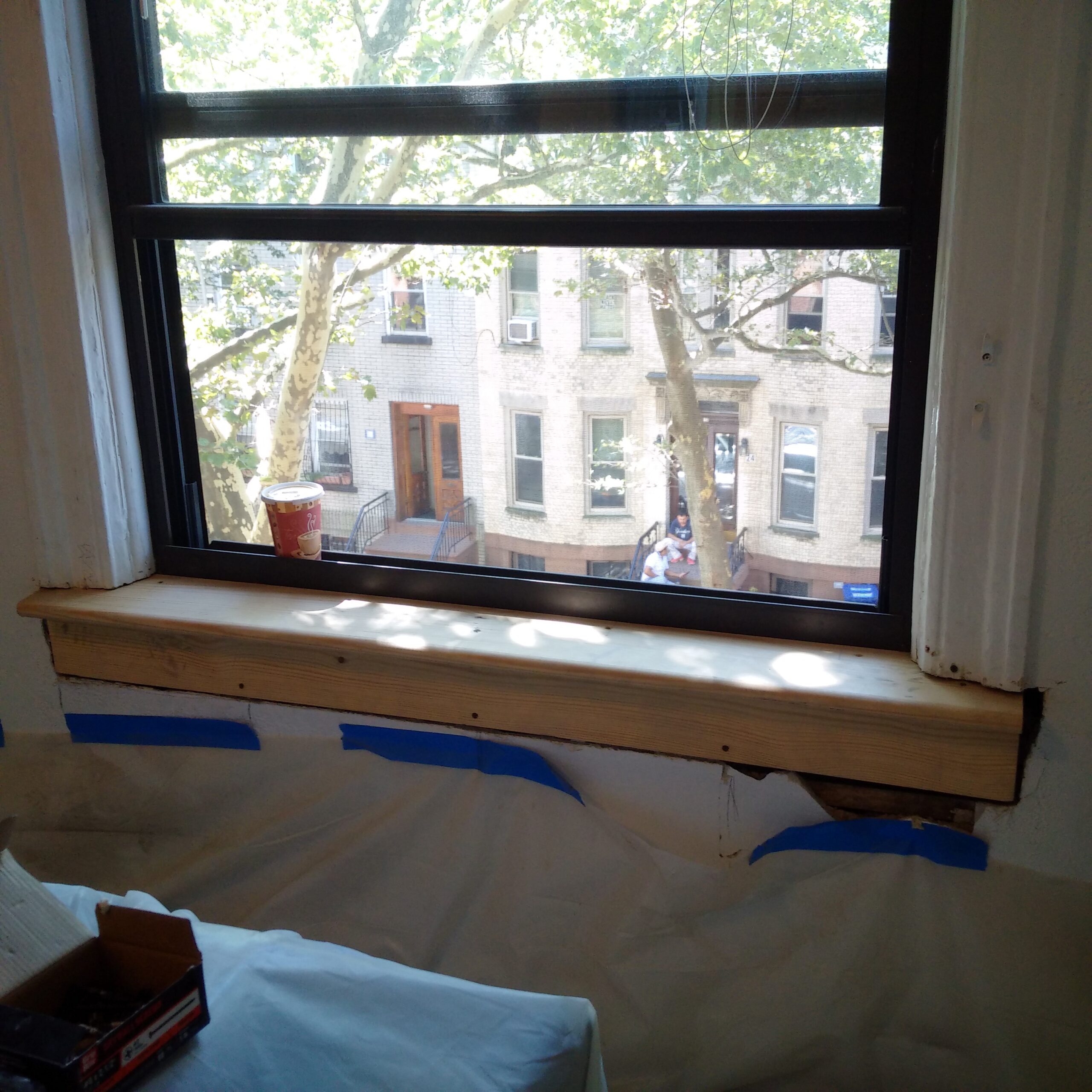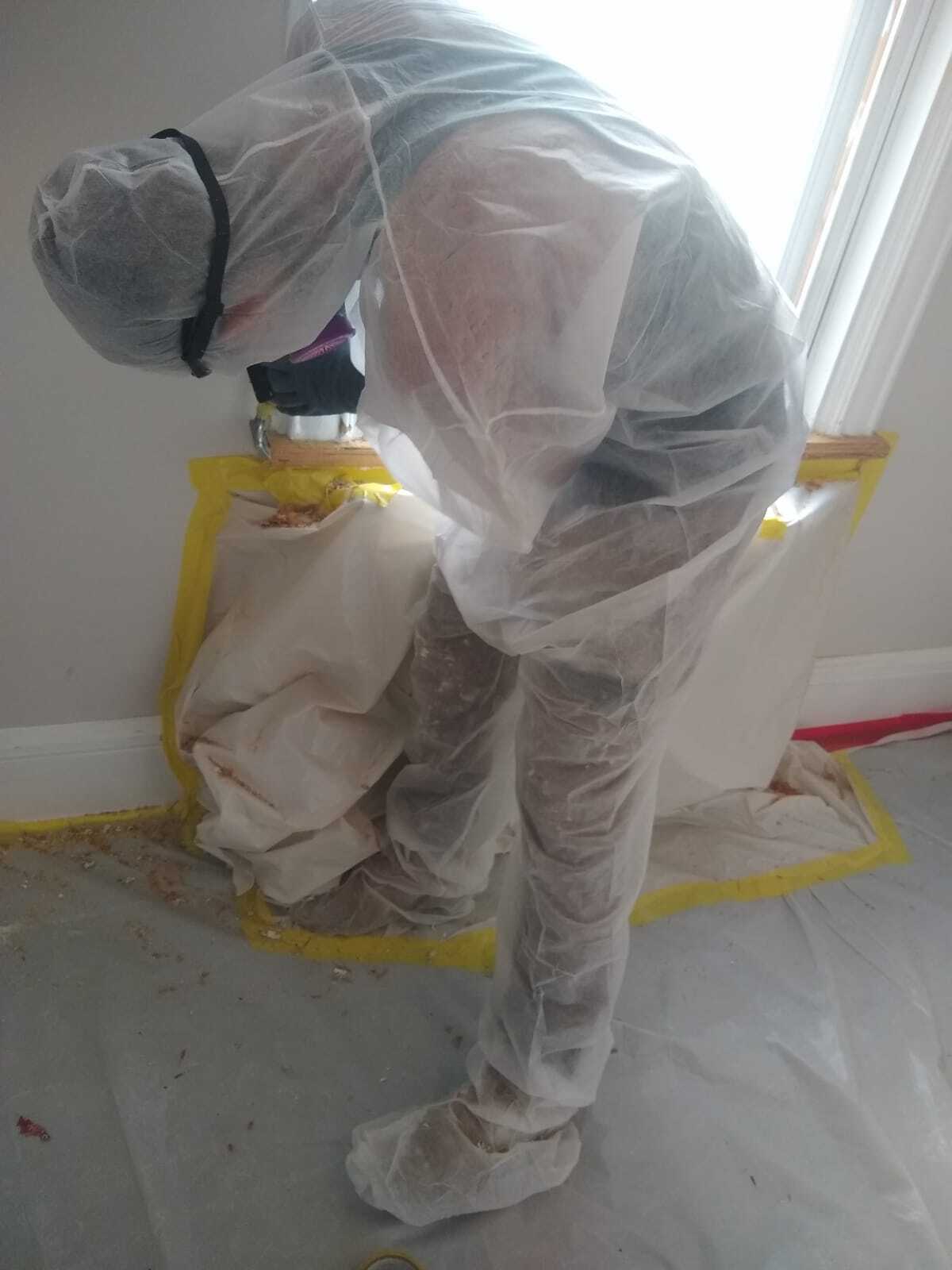Lead Removal Contractors-- Knowledgeable Specialists for Lead Abatement
Lead Removal Contractors-- Knowledgeable Specialists for Lead Abatement
Blog Article
Comprehensive Overview on Effective Lead Offense Removal Techniques
In the world of ecological security, addressing lead violations demands a thorough and organized strategy. This thorough guide starts by highlighting the vital first steps of determining lead hazards with advanced assessment and screening methods. Techniques such as XRF analysis and dust clean sampling are essential in determining contamination resources. Moreover, the guide elaborates on the relevance of adhering to strict safety protocols during the removal procedure, consisting of making use of appropriate PPE and separating affected locations (Lead Paint Removal Company). The subsequent areas guarantee to talk about post-removal verification and preventative approaches, ensuring long-term security and compliance. Discover the elaborate details that make these strategies not just reliable but necessary.
Identifying Lead Hazards
Determining lead hazards is an essential primary step in mitigating the dangers connected with lead direct exposure. Lead, a toxic steel, can be present in numerous ecological tools, including paint, dirt, water, and dust. It positions severe health risks, especially to kids and expecting women, leading to neurological damages and developmental hold-ups. Consequently, exact recognition of prospective lead resources is vital for reliable remediation.
The initial stage in recognizing lead dangers includes understanding common lead sources within the built setting. Structures built prior to 1978 are specifically at risk as a result of the widespread usage of lead-based paint during that period. Additionally, dirt contamination can occur from wearing away exterior paint, industrial exhausts, or historical use leaded fuel.
Another significant resource is lead piping and plumbing components, which can leach introduce alcohol consumption water. Consumer products such as toys, porcelains, and imported items may additionally include harmful lead degrees. Especially, occupational settings and hobbies involving lead can track impurities right into homes.
Analysis and Testing
When addressing lead risks, reliable analysis and screening are paramount. This important step guarantees the identification and metrology of lead presence, consequently directing succeeding removal initiatives. Initial analysis normally includes an aesthetic evaluation to recognize prospective lead sources, such as weakening paint or infected dirt. This is matched by even more extensive screening methods to establish the degree of contamination.

Dust clean sampling is one more critical method, particularly in property setups. By gathering samples from floors, windowsills, and other surfaces, this technique gives insights into potential exposure dangers. Moreover, dirt screening around structure boundaries is important to discover lead contamination that might posture dangers, specifically to children.
Safe Removal Treatments
Upon finishing extensive analysis and screening, implementing safe elimination procedures is the following vital stage in dealing with lead threats. This process makes certain that lead-contaminated materials are successfully and securely gotten rid of, lessening danger to both employees and locals. The very first step includes separating the afflicted area using plastic sheeting and proper securing techniques to prevent the spread of lead dirt.
Employees should wear appropriate personal safety tools (PPE), including respirators, handwear covers, and non reusable coveralls, to mitigate direct exposure. Employing specialized tools and damp approaches, such as damp sanding or making use of HEPA-filtered vacuums, reduces the diffusion of lead bits. It is important to avoid completely dry sanding or unpleasant blasting, as these approaches can create damaging lead dirt.
Waste disposal is one more vital part; all polluted materials have to be securely nabbed and labeled according to EPA and regional guidelines. Additionally, complete cleaning of the workplace with HEPA vacuum cleaners and wet wiping guarantees the elimination of recurring lead particles.
Post-Removal Verification

Verification of effective lead elimination, referred to as post-removal verification, is necessary to ensure the safety and security and habitability of the remediated area. This procedure entails a series of meticulous assessments and tests made to find any kind of residual lead bits that may present health and wellness threats. The initial step normally includes an aesthetic evaluation to analyze the conclusion and high quality of the removal work. This evaluation ensures that all well-known sources of lead have been attended to and that no visible indicators of contamination remain.
Adhering to the aesthetic inspection, environmental tasting is carried out. This involves gathering dust, soil, and occasionally water samples from the remediated area. Recognized labs examine these examples to gauge lead degrees, sites ensuring they fall listed below the safety and security limits established by regulative bodies such as the Epa (EPA)
On top of that, air quality testing may be performed to spot air-borne lead fragments, particularly in situations where substantial lead-based paint elimination or remodelling has happened. The outcomes of these tests provide quantitative data verifying that the lead degrees are within allowable limitations.
Inevitably, post-removal confirmation acts as an essential checkpoint, validating the effectiveness of the lead abatement initiatives and securing the wellness of occupants and visitors.
Precautionary Measures and Upkeep

A key precautionary procedure includes making use of lead-safe accredited professionals click this link for any kind of renovation, repair work, or painting tasks. These experts are learnt methods that minimize lead dust and debris. In addition, keeping painted surfaces to stay clear of breaking or peeling off is vital, as weakening paint can release lead fragments right into the setting.
Educational efforts targeting home owners and lessees regarding the dangers of lead and the relevance of reporting any kind of possible hazards can even more improve preventive efforts. Routine cleansing making use of HEPA vacuums and damp wiping strategies can significantly decrease lead dust build-up.
Verdict
In summary, reliable lead violation elimination requires go to my site a precise approach incorporating extensive assessment, accurate screening, and rigorous elimination procedures. Making certain safety and security via appropriate seclusion and individual safety tools stays vital. Post-removal verification through environmental sampling and air top quality testing substantiates conformity with recognized security standards. Ongoing examinations and maintenance are important to alleviate future lead threats, consequently guarding public wellness and ensuring sustained compliance with regulatory demands.
Report this page